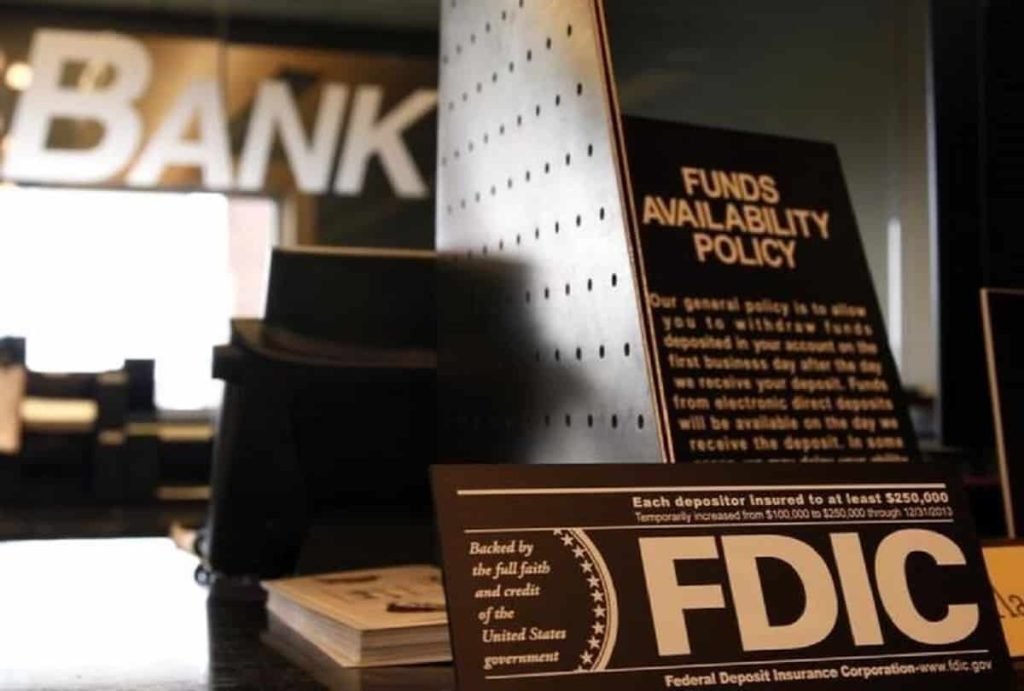Title: FDIC’s New Guidelines: Unleashing Bank Participation in Crypto Activities
The Federal Deposit Insurance Corporation (FDIC) has recently updated its regulations, allowing banks to engage in cryptocurrency and blockchain activities without requiring prior consent. This significant shift from earlier protocols aims to clarify the rules for financial institutions involved in digital assets, presenting both opportunities and responsibilities for banks. By rescinding the notification requirement established in 2022, the FDIC is paving the way for greater innovation in the banking sector while also emphasizing the importance of robust risk management practices.
Rescinding the Notification Requirement
The FDIC’s updated guidance marks a pivotal departure from its previous regulations, which mandated that banks notify the agency before participating in crypto-related activities. This prior requirement was detailed in the Financial Institution Letter (FIL-16-2022) and created barriers for banks looking to enter the crypto space. Under the new policy, banks can adopt business models involving cryptocurrencies and other digital assets without prior approval from the FDIC, so long as they effectively manage associated risks. This decision reflects the agency’s recognition of the evolving landscape of financial technology and its commitment to ensuring that banks remain viable players in the market for digital assets.
Emphasis on Risk Management
While the FDIC is allowing banks more freedom to operate in the crypto domain, it concurrently underscores that standard safety measures must remain in place. Acting chairman Travis Hill emphasized the agency’s commitment to operational stability, highlighting that financial institutions should still assess risks in operations, cybersecurity, market volatility, and liquidity. The FDIC’s revised approach aims to strike a balance between encouraging innovation in the banking system and safeguarding consumer interests and financial integrity. As the agency works in conjunction with other regulatory bodies, it seeks to cultivate a framework that fosters innovation while maintaining necessary safeguards against the risks associated with digital assets.
Industry Enthusiasm for the New Guidelines
The adjustments to the FDIC’s policies have garnered a positive response from industry stakeholders, who view this development as a significant advancement in the relationship between traditional banking and the crypto sector. Bo Hines, executive director of the President’s Council of Advisers for Digital Assets, labeled the decision a "big win" for the crypto industry, noting that the removal of prior approval requirements lowers barriers to entry for banks into the digital asset market. This change aligns with a broader trend among U.S. financial regulators aiming to create a more accommodating regulatory environment for cryptocurrencies and blockchain technologies, as evidenced by recent actions from the Office of the Comptroller of the Currency (OCC) to ease restrictions on crypto-related activities for federally chartered banks.
Coordination with Regulatory Bodies
Although the FDIC has granted banks increased flexibility, it remains engaged with regulators, such as the President’s Working Group on Digital Asset Markets. The agency expects to provide further guidance in the future, focusing on specific crypto-related activities, including custodial services and lending operations. This coordinated effort among regulatory authorities highlights the recognition of the growing importance of digital assets in the financial landscape. By collaborating with other entities, the FDIC aims to ensure that the banking system adapts effectively to the challenges and opportunities presented by the evolving digital asset market.
The Future of Banking and Crypto Integration
As banks begin to embrace cryptocurrency and digital assets, the implications for the financial industry are profound. The FDIC’s new guidelines not only facilitate a more seamless integration of crypto into banking operations but also encourage responsible participation that prioritizes consumer protection and financial stability. The landscape of finance is rapidly changing, and banks will need to keep pace with technological advancements and evolving consumer demands. Ultimately, the FDIC’s proactive stance signals a readiness to embrace innovation while ensuring that the vital principles of safety and soundness remain intact.
In conclusion, the FDIC’s latest update provides banks with the autonomy to enter the crypto space, enhancing the financial system’s innovation and efficiency. With a continued focus on risk management and safety, the FDIC is positioning itself to support the evolving relationship between traditional finance and digital assets, ultimately contributing to a more robust and resilient financial ecosystem. As the regulatory landscape continues to develop, stakeholders in both the banking and cryptocurrency sectors are watching closely, anticipating further clarifications and collaborations that will shape the future of finance.


